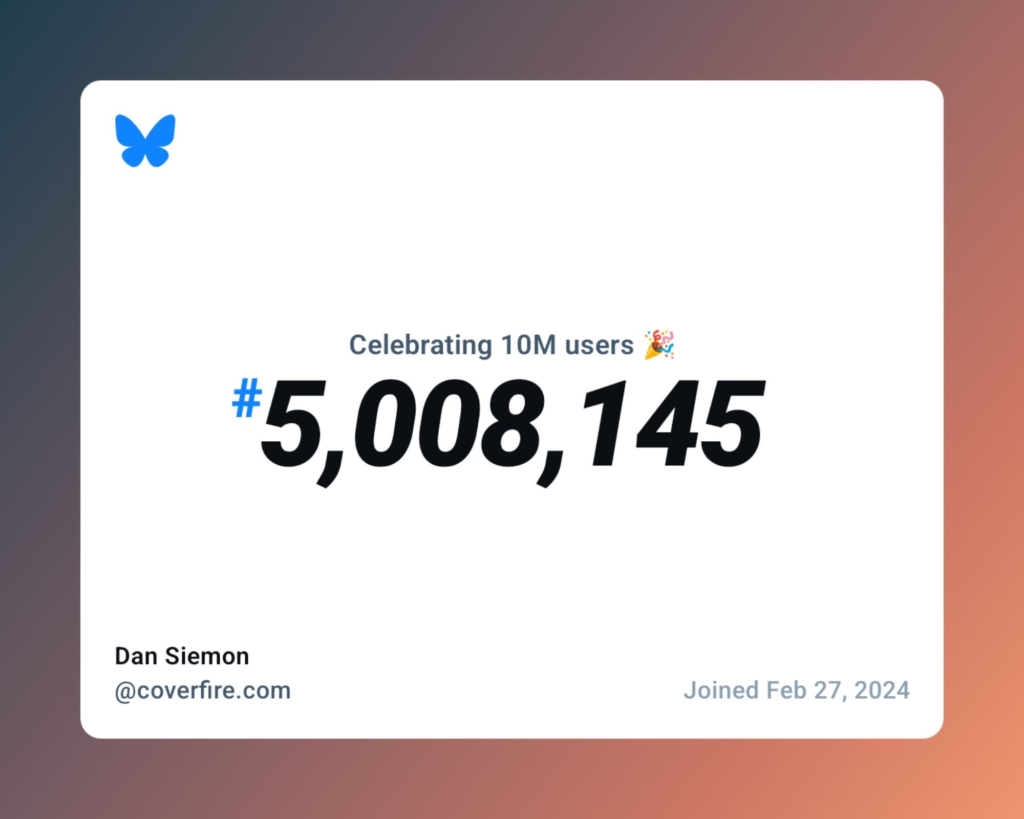Category Archives: General
Leave a reply
BlueSky
Fiber Data Exploration
Over on the Preseem blog I posted a bit of fiber data analysis comparing signal strength vs fiber length for Calix, Adtran and Ubiquiti.
We have a lot of data, just need more time to explore it.
https://preseem.com/2024/09/ont-receive-power-fiber-length
BGP, EVPN, VXLAN, or SRv6?
Sync core, async shell
This is roughly what we’ve been doing with some internal Rust work as well.
A couple interesting QUIC related posts
Carbon pricing works, major meta-study finds
TCP_NODELAY
This is a good article on TCP_NODELAY. The associated HN thread also has some interesting comments.
For another discussion of this topic, see the recent Oxide and Friends episode, also available in podcast form.
